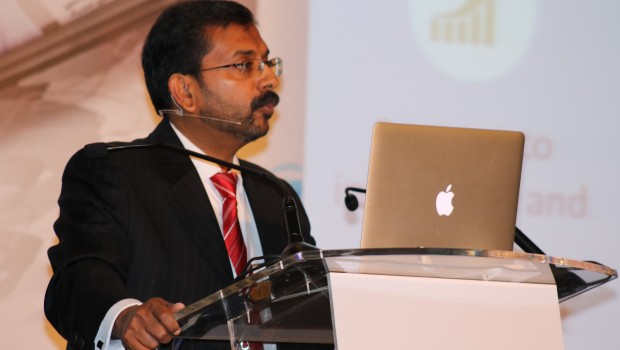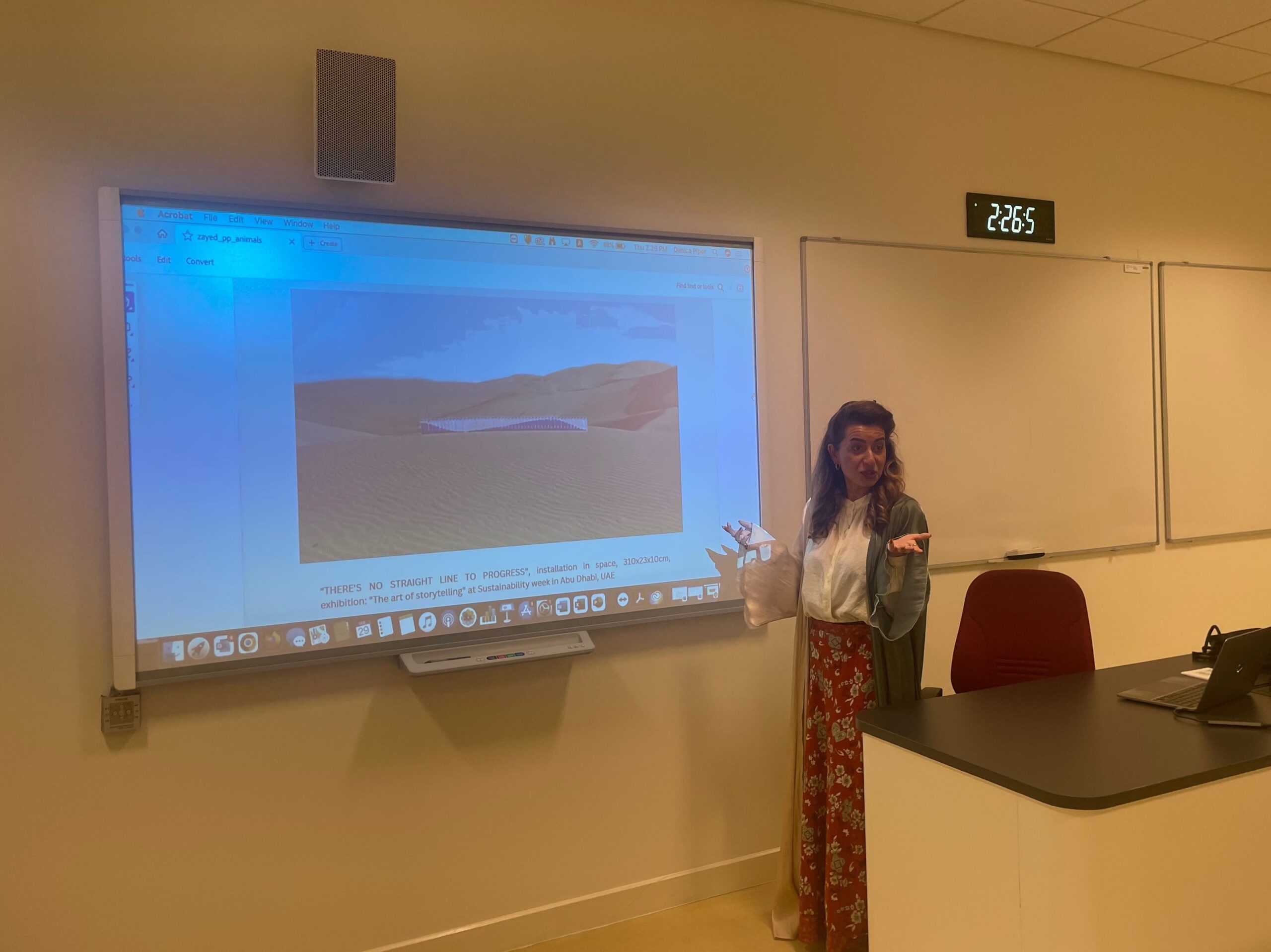
By Safiya Al Nuaimi
DUBAI — On Feb. 24, 2016, badges, banners and booths adorned the Intercontinental Hotel in Dubai Festival City, announcing the beginning of WAN-IFRA’s 11th Middle East conference.
The World Association of Newspapers and News Publishing, WAN-IFRA, alongside its strategic partner Al Bayan and many other sponsors, began the two-day conference with welcoming words from His Excellency Sheikh Sultan Bin Ahmed Al Qassimi, chairman of Sharjah Media Centre and member of the Sharjah Executive Council.
His Excellency talked about the importance of media to develop nations. He included how the flexibility of rules helped make the United Arab Emirates a central site for many news agencies, international organizations and regional and international newspapers, which indicates the country’s openness to the world.
His Excellency posed some crucial rhetorical questions during his speech. One question was: “How can we retain cultural value and monetary value at the same time?” His Excellency also discussed how print media is threatened by having only a few sources of income and how digital media suffers from a lack of cultural value.
During Thomas Jacob’s session, who is the chief operating officer at WAN-IFRA, he mentioned listicles, which is the inspiration behind this article and listicle fusion.
Listicles, perhaps a word not yet registered in dictionaries, are articles in which information is organized in a form of bullet points. Readers on a time crunch always prefer reading lists that are concise and easy to read, which explains why almost any post on BuzzFeed and ThoughtCatalog is a clickbait.
Here are the 3 things I learned from the conference:
1. Traditional print media is not going anywhere
Yes, print media has been on a decline ever since we’ve witnessed the wave of the digital revolution. That being said, it was reassuring to hear the speakers emphasize the significance of printed newspapers as readers retain information better via physical interaction as studies show.
Also, in the light of that same topic, Michael Golden, vice chairman of The New York Times Company and former Publisher of the IHT, said: “We are firmly committed to print, and we will keep print vibrant and profitable as long as we can.”
2. We are in dire need of diversification
In a very motivational speech by Somayya Jabarti, the first female editor-in-chief in Saudi Arabia, she stressed repeatedly the importance of diversity in the media sector. The newsroom liberated her from years of self-censorship, and hardly anything was off limits, she said.
“Forward thinking, open-mindedness, and diversity of thought is what keeps us ahead of the game in this industry that is constantly changing with blinding speed.
“If organizations want to stay relevant to the global market, they must embrace diversity in how they think, how they act and how they innovate,” said Somayya.
With diversification on the table, reporters are liberated from any constraint that hinders them from improving.
3. Social media amplifies views
Thomas Jacob did a fascinating job in turning facts into numbers, figures and charts that have easily pulled the audience’s attention from its fleeting slump.
One of the seven dramatic changes the newspaper has witnessed, as provided by the presentation slide, was the move from search to social media.
The drawback of print media is that it is not easily shared with others through email, text, or social media. This is where digital media gets an upper hand in generating millions of clicks and views from a tweet, a Facebook wall post and even an affiliated link on a well-known blog.
Lastly, Jacob ended his session with what to expect in 2016, some of which are the rise of distributed content via social platforms, automated content or robo journalism, and growth of online video and decline in linear TV.
About the Author
Safiya Al Nuaimi. Converged Media student. Copy-editor. Craftsperson. Head of DIY at HearMyEcho.com. Writer.
This story was originally published on March 8, 2016. It was re-uploaded on Dec. 28, 2020.




